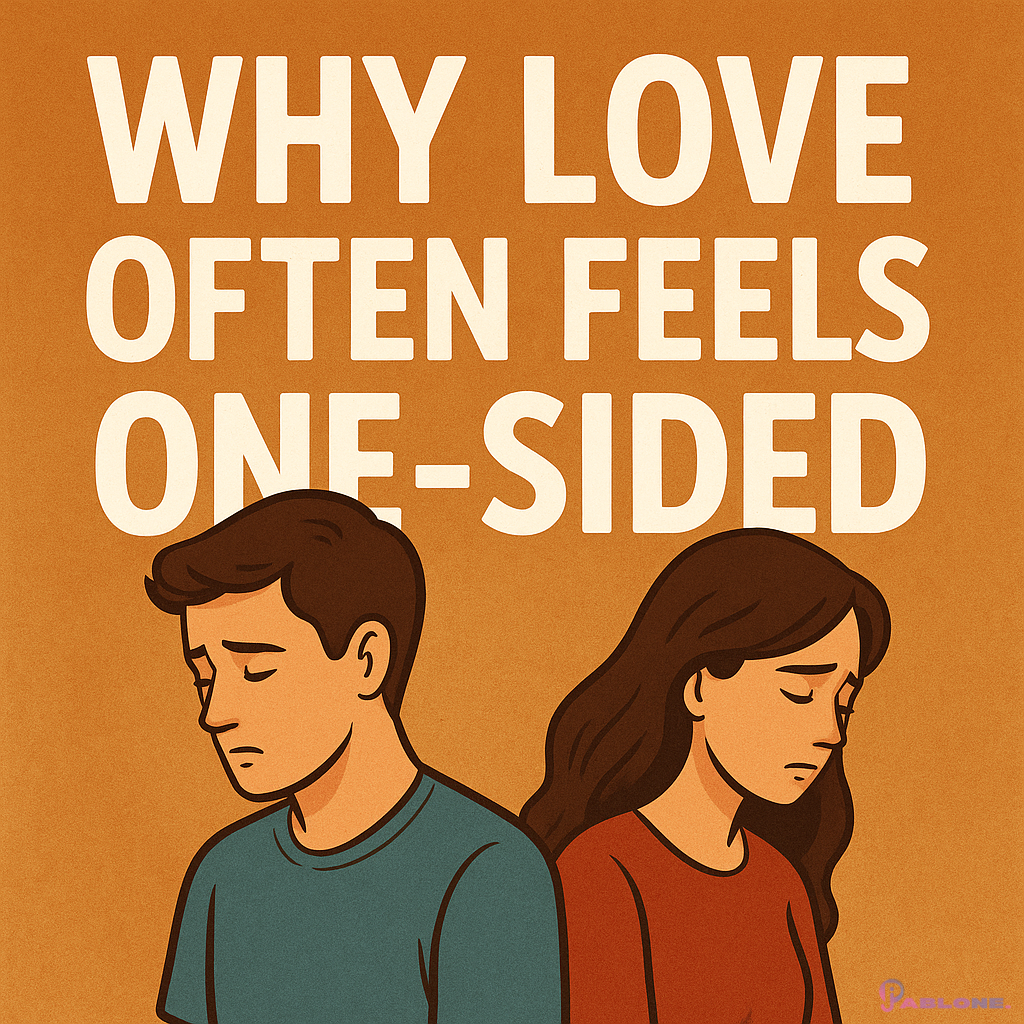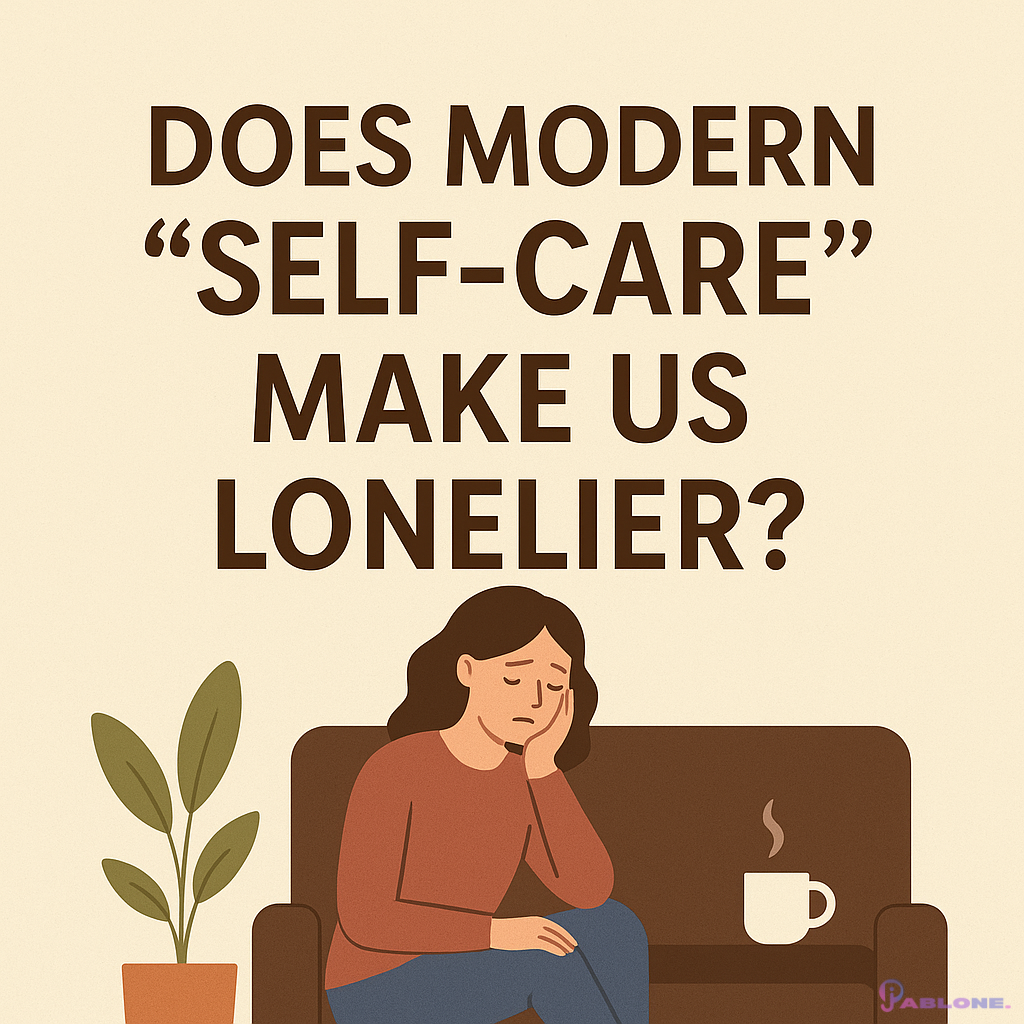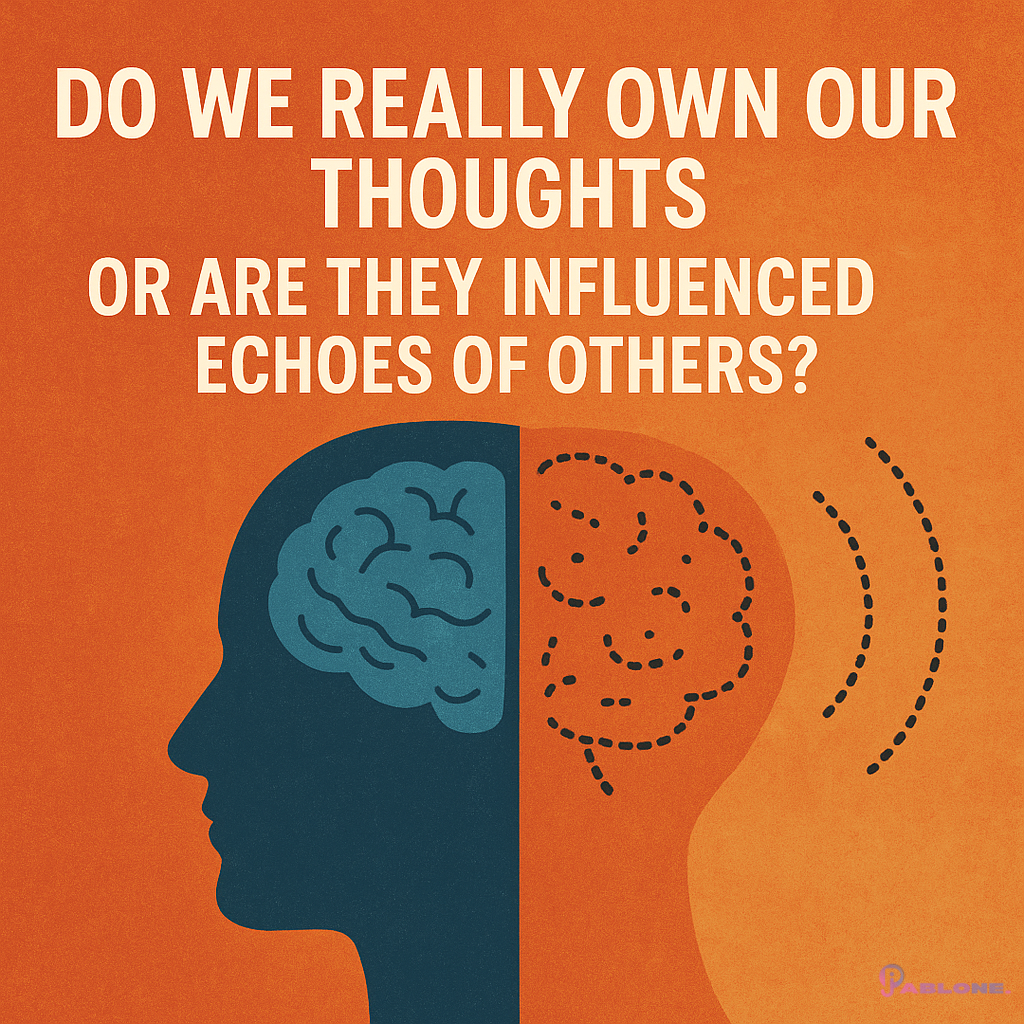Introduction
Fashion is cyclical, with styles often resurfacing decades after they first appeared. Vintage fashion is a testament to this cycle, offering a unique blend of nostalgia and modernity. As the world becomes increasingly fast-paced and mass-produced, there’s a growing appreciation for the charm and character of vintage clothing. This blog explores the allure of vintage fashion, its history, how to incorporate it into modern wardrobes, and why it’s making a significant comeback today.
The Allure of Vintage Fashion
Unique Style and Individuality
One of the most appealing aspects of vintage fashion is the uniqueness of each piece. In an age where fast fashion dominates, wearing vintage allows individuals to stand out. Vintage clothing often features distinct patterns, high-quality fabrics, and intricate details that are hard to find in contemporary pieces.
Craftsmanship and Quality
Vintage garments are a testament to the craftsmanship of bygone eras. Before the era of mass production, clothing was often handmade or produced in small batches with great attention to detail. This results in higher-quality pieces that have stood the test of time. Fabrics like silk, wool, and linen, and techniques such as hand-stitching and embroidery, are commonly found in vintage clothing, offering durability and elegance.
Sustainability and Ethical Considerations
The fashion industry is one of the largest polluters in the world. By choosing vintage, consumers contribute to sustainability efforts by reducing waste and the demand for new clothing production. Vintage shopping is a form of recycling, giving new life to old garments and promoting a circular fashion economy.
A Brief History of Vintage Fashion
Early 20th Century: The Birth of Modern Fashion
The early 1900s marked the beginning of modern fashion, with designers like Coco Chanel and Paul Poirot revolutionizing women’s wear. The flapper dresses of the 1920s, with their loose silhouettes and lavish embellishments, remain iconic. These pieces symbolize a period of liberation and change in women’s fashion.
1940s and 1950s: Post-War Elegance
The 1940s and 1950s were characterized by refined elegance and femininity. Post-World War II, there was a shift towards more structured and sophisticated styles. The ‘New Look’ by Christian Dior, with its cinched waists and full skirts, epitomized this era. Vintage pieces from this time are highly sought after for their timeless elegance.
1960s and 1970s: Youth Culture and Revolution
The 1960s and 1970s brought about significant cultural shifts, reflected in the fashion of the time. The Mod movement introduced bold patterns, miniskirts, and a youthful, playful aesthetic. The 1970s embraced bohemian and hippie styles, with flowing fabrics, earthy tones, and ethnic influences. Vintage clothing from these decades captures the spirit of rebellion and freedom.
1980s and 1990s: Bold and Diverse
The 1980s and 1990s saw a mix of bold styles and diverse influences. The 80s were known for their extravagance, with power suits, shoulder pads, and vibrant colours. The 90s brought a more laid-back and grunge aesthetic, with flannel shirts, ripped jeans, and minimalist designs. These decades offer a rich variety of vintage pieces, appealing to different tastes and styles.
Incorporating Vintage into Modern Wardrobes
Start with Accessories
For those new to vintage fashion, starting with accessories is a great way to ease into the style. Vintage scarves, bags, jewellery, and hats can add a unique touch to contemporary outfits without overwhelming the look. These pieces can serve as conversation starters and elevate a simple outfit.
Mix and Match
Combining vintage pieces with modern clothing creates a balanced and stylish look. Pairing a vintage blouse with modern jeans or a contemporary top with a vintage skirt allows for creative expression. Mixing eras and styles can result in unique and personalized outfits that reflect individual tastes.
Tailoring and Alterations
Vintage clothing may not always fit perfectly, but tailoring can make a significant difference. Altering vintage pieces to fit modern body shapes ensures comfort and enhances the overall appearance. A well-fitted vintage garment can become a staple in any wardrobe.
Embrace the Hunt
Finding the perfect vintage piece often involves some hunting. Thrift stores, vintage shops, flea markets, and online platforms offer a wide range of options. The thrill of discovering a unique item and the stories behind it add to the charm of vintage shopping. Patience and persistence are key, as the best finds are often hidden treasures.
Understanding Vintage Labels and Sizing
Vintage clothing sizes often differ from modern sizing standards. It’s essential to know your measurements and check sizing charts carefully. Understanding vintage labels and the history of fashion houses can also provide insight into the authenticity and era of a piece.
The Rise of Vintage Fashion Today
Celebrity Influence and Pop Culture
Celebrities and influencers play a significant role in the resurgence of vintage fashion. Stars like Rihanna, Zendaya, and Harry Styles have been spotted wearing vintage pieces, sparking interest and trends among fans. Pop culture, through films, television shows, and social media, also contributes to the popularity of vintage styles.
Nostalgia and the Revival of Past Decades
Nostalgia is a powerful driver of fashion trends. The revival of past decades, such as the 90s grunge or 70s bohemian styles, resonates with people who lived through those eras and appeals to younger generations discovering these styles for the first time. Vintage fashion offers a connection to the past and a way to relive or reinterpret iconic looks.
Economic Considerations
In times of economic uncertainty, vintage fashion becomes an attractive option. Vintage clothing often offers better value for money due to its quality and durability. Additionally, the second-hand market provides access to high-end designer pieces at more affordable prices, making luxury fashion more accessible.
The Role of Technology and Online Platforms
The internet has revolutionized the vintage fashion market. Online platforms like Etsy, eBay, and specialized vintage boutiques allow for easy access to a vast array of vintage items from around the world. Social media platforms, particularly Instagram and TikTok, have also become spaces for vintage fashion enthusiasts to share their finds, style tips, and inspirations, fostering a global community.
Challenges and Considerations
Authenticity and Quality Control
One of the challenges in the vintage market is ensuring the authenticity and quality of pieces. With the rise of online shopping, it’s crucial to buy from reputable sellers who provide detailed descriptions and clear photographs. Understanding how to spot genuine vintage items, such as checking for period-specific labels and construction techniques, is essential.
Care and Maintenance
Vintage clothing requires special care to preserve its condition. Delicate fabrics, intricate details, and age-related wear mean that proper cleaning and storage are necessary. Learning how to care for vintage garments, such as hand washing or using professional cleaners, ensures their longevity.
Ethical Concerns
While vintage fashion is generally more sustainable, it’s important to be mindful of ethical considerations. This includes the sourcing of vintage items, ensuring that they are not products of exploitation or cultural appropriation. Supporting sellers who adhere to ethical practices and being aware of the origins of vintage pieces contribute to responsible consumption.
Iconic Vintage Pieces and How to Style Them
The Little Black Dress
The little black dress (LBD) is a timeless classic that originated in the 1920s with Coco Chanel. Vintage LBDs from the 50s and 60s offer elegant silhouettes and high-quality fabrics. Pairing a vintage LBD with modern accessories, such as a statement necklace or contemporary heels, creates a chic and sophisticated look.
High-Waisted Jeans
High-waisted jeans from the 70s and 80s are a staple in many vintage collections. These jeans offer a flattering fit and can be styled in various ways. Pair them with a vintage band tee for a casual look or a modern blouse for a more polished outfit. Adding a vintage belt can enhance the retro vibe.
Vintage Coats and Jackets
Vintage coats and jackets, such as 60s pea coats or 80s bomber jackets, are perfect for adding character to an outfit. These pieces often feature unique details like large buttons, intricate embroidery, or bold patterns. Styling a vintage coat with a modern outfit can make a statement and provide practical warmth.
Vintage Dresses
Vintage dresses, from 50s fit-and-flare styles to 70s maxi dresses, offer a range of options for different occasions. Pairing a vintage dress with modern shoes and accessories can create a balanced and stylish look. Adding contemporary elements, such as a leather jacket or minimalist jewellery, can update the vintage aesthetic.
The Future of Vintage Fashion
Sustainability and Slow Fashion
As the fashion industry moves towards more sustainable practices, vintage fashion is likely to play a crucial role. The slow fashion movement, which emphasizes quality over quantity, aligns with the principles of vintage fashion. Promoting the longevity and reuse of clothing, vintage fashion supports a more sustainable and ethical approach to consumption.
Innovation and Technology
Advancements in technology, such as digital fashion archives and virtual try-on tools, are transforming the vintage market. These innovations make it easier for consumers to find and purchase vintage items, enhancing the shopping experience. Additionally, technology can aid in the authentication and preservation of vintage garments.
Continued Influence of Pop Culture
Pop culture will continue to influence vintage fashion trends. As new films, television shows, and music styles emerge, they will inspire and shape the way vintage fashion is perceived and worn. The enduring appeal of nostalgia and the desire for unique, meaningful clothing will keep vintage fashion relevant.
Conclusion
Vintage fashion is more than just a trend; it’s a celebration of history, craftsmanship, and individuality. By embracing vintage clothing, we can appreciate the past while creating unique and sustainable styles for the future. Whether you’re a seasoned vintage enthusiast or new to the world of retro fashion, there’s a timeless charm in making the old.








Leave a Reply